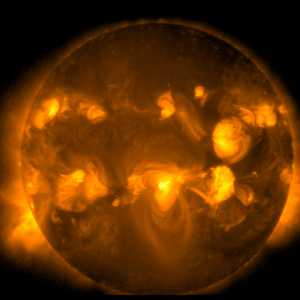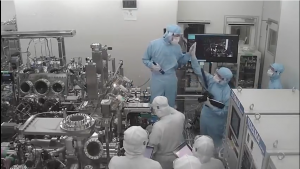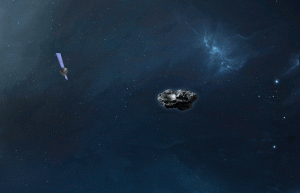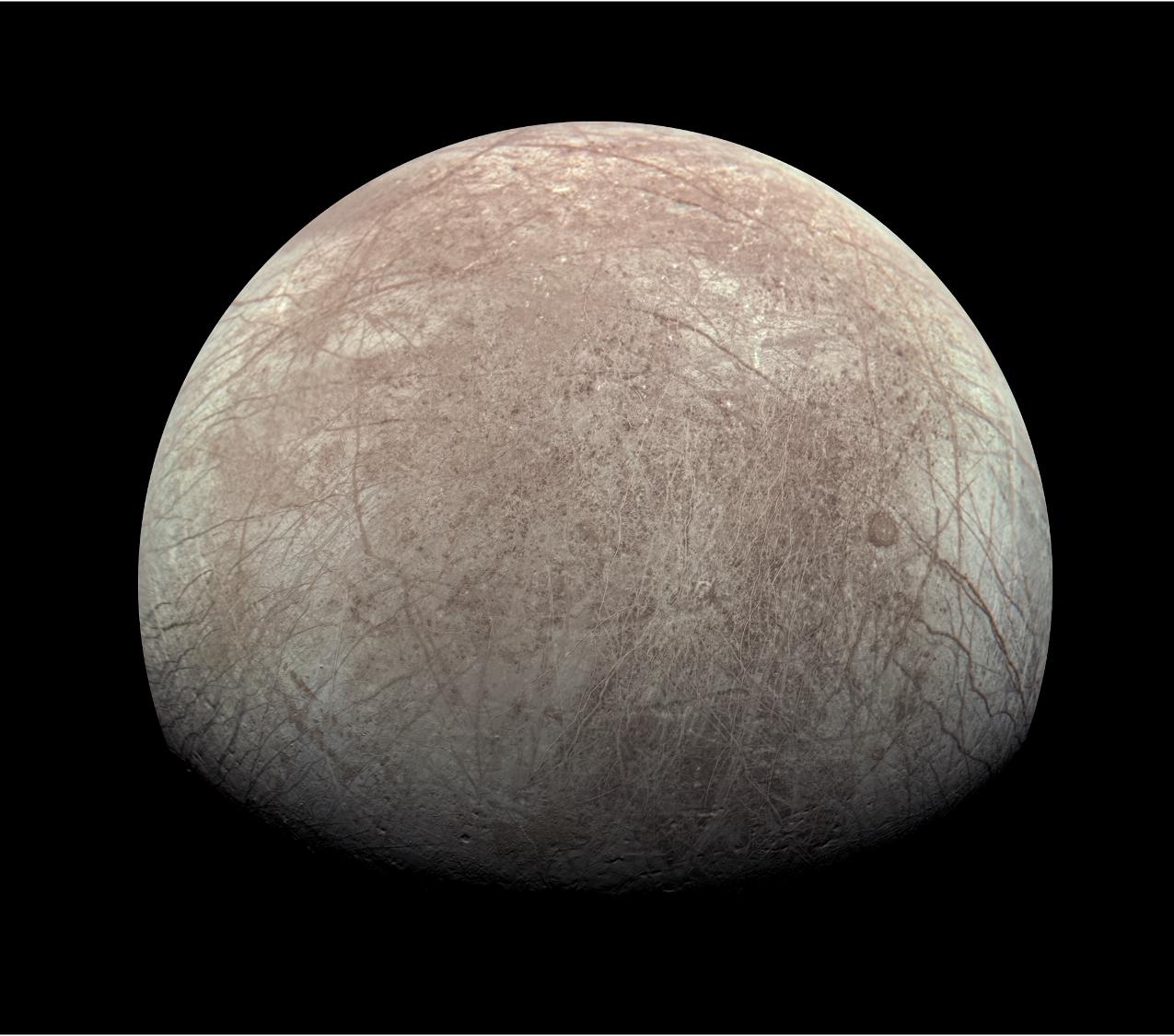
Global Space News: NASA’s Europa Clipper heads to the icy moons
On October 15 (Japan time), the NASA Europa Clipper mission launched into the sky above Florida, ready to begin the 1.8 billion mile journey to Jupiter’s icy moon, Europa. Orbiting at over five times the distance of the Sun from the Earth, Europa should be a desolate frozen ball. Yet, the moon could be the most likely place for life outside the Earth.
The launch of Europa Clipper came just days after the launch of another mission; the European Space Agency’s Hera mission to the asteroid Dimorphos to investigate asteroid deflection techniques. The two spacecraft launched either side of a massive hurricane that smashed into the coast of Florida. Hera left the Earth just before the hurricane hit, while Europa Clipper was delayed by four days while the high winds prevented any possibility of a safe launch.

Associate Professor Okada Tatsuaki who heads JAXA involvement in Hera expressed his relief that both missions launched safely, and notes that while the Europa Clipper is concerned with discovering new life and Hera with protecting existing life on Earth, the two missions have shared goals.
Congratulations on the successful launch of Europa Clipper! While our Hera mission was launched during the approach of one of the most powerful and dangerous hurricanes, hurricane Milton, Europa Clipper had a spectacular launch just after Milton passed. Although Hera focusses on planetary defence, the mission also has scientific objectives aimed at unveiling the origins of the Earth and humanity, as well as tackling the broader question of the formation of planets and emergence of life in the Solar System. Of all the Solar System bodies, Europa is the world with the highest possibility of supporting evolution processes within its internal structure, and is one of the prime candidates for harbouring life outside the Earth. We will work hard together for this great common goal!
OKADA Tatsuaki, Department of Solar System Science
While Jupiter is mobbed by moons, the largest four natural satellites are Io, Europa, Ganymede and Callisto. The quadruplet were discovered by Italian astronomer Galileo Galilei in 1610, while trying out his homemade telescope on the heavens. It was presumed such distant worlds would consist of nothing more than frozen rock, but this proved to be incorrect by the NASA spacecraft baring Galileo’s name.
The Galileo mission was the first spacecraft to orbit an outer Solar System planet, circling Jupiter between 1995 – 2003 and making close flybys of the major moons. Data from Galileo suggested that while Europa had a surface of frozen ice, a deep well of liquid may exist beneath the crust. Despite the lack of sunlight, Jupiter’s gravitational field is distorting the moon to produce tidal heating that keeps the inner regions liquid. Galileo also discovered that the moon Ganymede had its own magnetic field, and suspected (later supported by the Hubble Space Telescope) that this moon too might harbour a subsurface ocean. This catapulted the Jovian icy moons into top spots for habitability studies.
Last year, the European Space Agency launched the JUpiter ICy moons Explorer (JUICE) mission, carrying a suite instruments partially developed at JAXA. The primary destination is Ganymede, providing the perfect observational companion to Europa Clipper.
NASA’s Europa Clipper was launched from the Kennedy Space Centre on the 15 October 2024. Europa is one of Jupiter’s four major moons (Galilean moons) and one of its icy moons, with a surface is covered in solid ice. It has been pointed out that the interior of the icy moons may contain oceans composed mainly of liquid water, and the possibility of life in these moons has been discussed. Among icy moons, Europa has the distinction of having observed water vapour plumes. Europa Clipper does not land on Europa, but will observe from above using cameras, infrared spectrometers, radar to look through the ice, and mass spectrometers.
The European Space Agency’s (ESA) Jupiter ICy moon Explorer (JUICE), carrying a laser altimeter (GALA) that we developed in international collaboration, was also successfully launched in April 2023. JUICE will perform flyby observations of Jupiter’s icy moons Europa and Callisto, and then enter Ganymede’s orbit for more detailed observations. It is expected that GALA will allow direct detection of tidally-induced deformation of Ganymede’s inner ocean, which is a measurement not possible with Europa Clipper. Therefore in the 2030s, the synergy between the Europa Clipper and JUICE, which will have reached and be operating in the Jupiter system, will greatly advance our understanding of the environment of the ice satellites.
ENYA Keigo, Project Manager for JUICE/GALA-Japan
JUICE will flyby Europa, but enter into orbit around Ganymede to become the first spacecraft to orbit any of the moons. Europa Clipper will focus on Europa during a series of flybys designed to help protect the spacecraft from the pummelling radiation that exists deep in Jupiter’s magnetic field around Europa. But designing a spacecraft to function in the cold extremes of the outer Solar System is also no easy task, explains Specially Appointed Assistant Professor Odagiri Kimihide.
Congratulations on the successful launch of Europa Clipper! Close to Jupiter, the world where Europa Clipper is headed is one of extreme cold. The distance between the Sun and Jupiter is approximately 5.2 times that between the Sun and the Earth, and the intensity of sunlight reduces to about 3.7% of that near Earth. As a result, the power generated by solar cells will also be significantly reduced. One of the technical challenges when exploring outer planets is maintaining the necessary heating of equipment in the cold environment where sunlight is scarce and power is limited. In order to minimise the power consumption of heaters, Europa Clipper has adopted a thermal-fluid network technology called HRS (Heat Redistribution System), which efficiently utilises the excess heat generated by electrical devices to keep other equipment (such as the propulsion system) warm. To maximise the science of outer planet exploration, many researchers, including ourselves, are conducting research and development on high-efficient thermal technologies both in Japan and overseas. Please look out for future developments.
ODAGIRI Kimihide, Department of Space Flight Systems, Thermal Control Engineering
The comparison of detailed observations of two icy ecosystems is incredibly important, says Professor Saito Yoshifumi. Together, JUICE and Europa Clipper will provide our first real insights into what can occur in an ocean trapped beneath ice.
JUICE and Europa Clipper will provide an excellent opportunity to observe the Jupiter system with multiple satellites simultaneously. JUICE will focus specifically on Ganymede and will eventually become a Ganymede orbiter, while Europa Clipper will focus on Europa. It is expected that the observations by JUICE and Europa Clipper will reveal the similarities and differences between the two Galilean moons, which are thought to possess a liquid ocean, and what kind of habitable environment is created, under what conditions, and how it is evolving. JUICE will also have the opportunity to observe Jupiter’s magnetosphere from high latitudes before arriving at Ganymede, and we expect that simultaneous observations with Europa Clipper, which will make observation in the equatorial plane, will reveal the three-dimensional structure and dynamics of Jupiter’s magnetosphere. The results of the simultaneous observations by the two spacecraft, JUICE and Europa Clipper, will be far greater than the sum of their individual achievements.
SAITO Yoshifumi, Project Manager for JUICE-ISAS
Our view of one of the least Earth-like, yet most promising ecosystems for life, is about to explode.
“Global space news” is a chance for us to highlight important developments across the world and share our excitement of these achievements.
Further information:
JAXA JUICE website
JAXA Hera website
Europa Clipper website (NASA site)
From Cosmos:
Protecting our home world: The Planetary Defence mission fleet
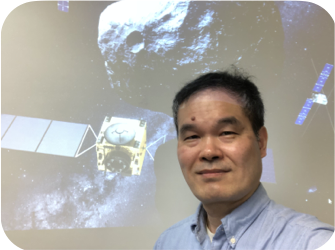



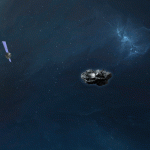 Previous Post
Previous Post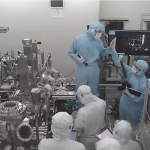 Next Post
Next Post
